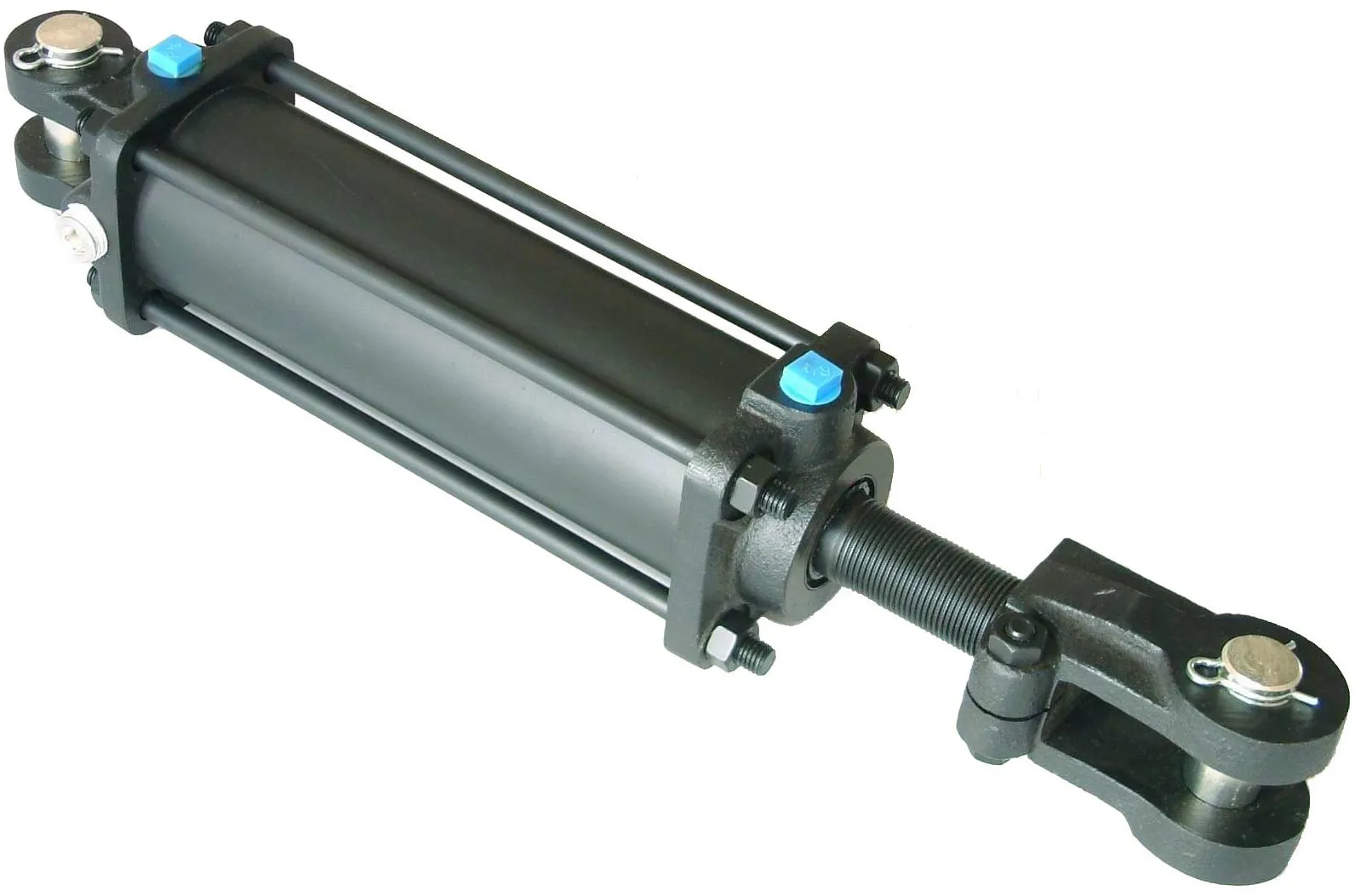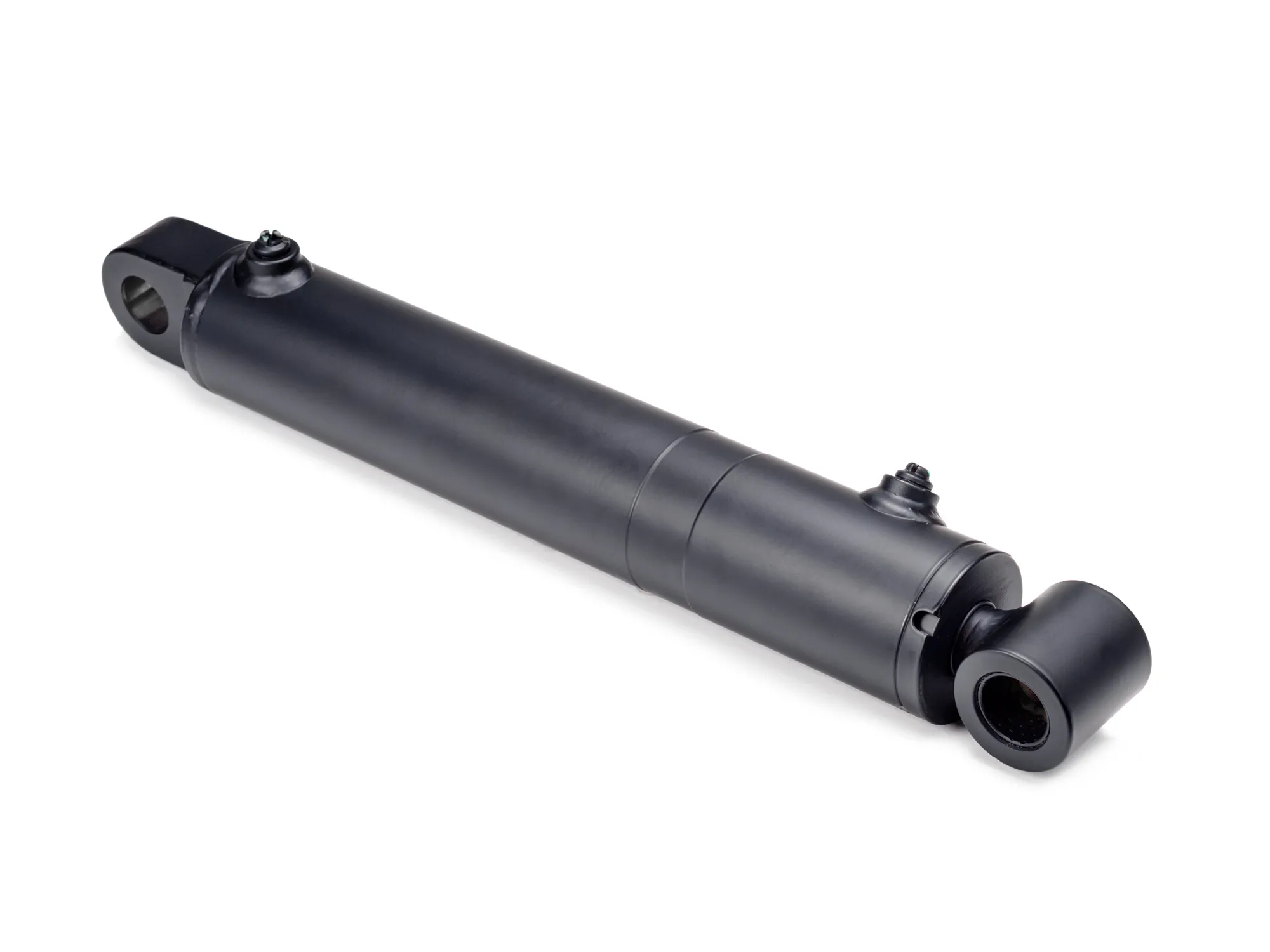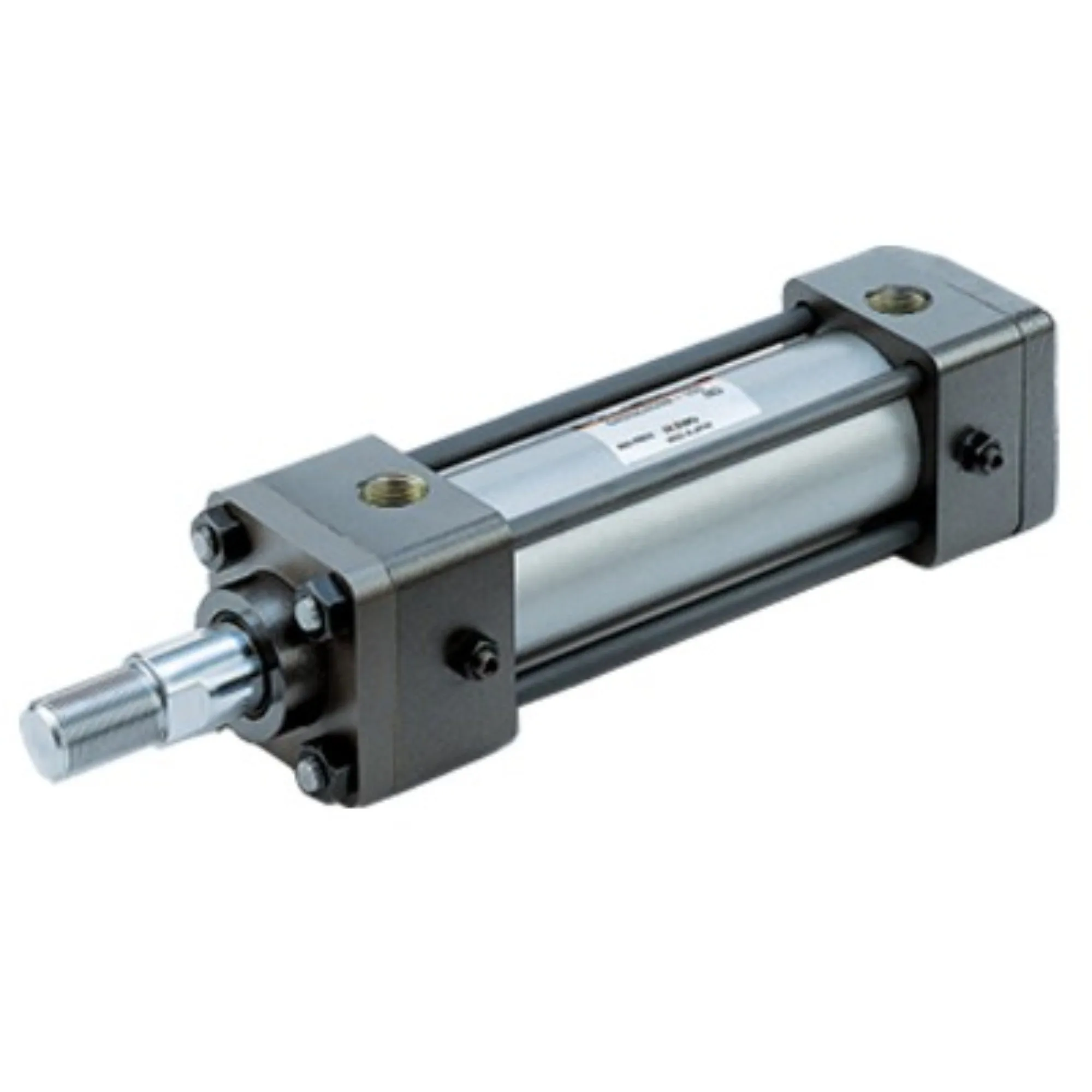Exploring the Spring-Return Single-Acting Hydraulic Cylinder For Load Balancing
Introduction to the Spring-Return Single-Acting Hydraulic Cylinder
The spring-return single-acting hydraulic cylinder is a hydraulic cylinder that utilizes hydraulic oil to expand the piston. When pressure is released, the built-in spring automatically retracts the piston, ensuring efficient operation.
Design and Construction Characteristics
- Single-Acting Structure: The hydraulic oil pressure operates in one direction, with the return action controlled by the spring mechanism.
- Spring Selection: Choosing the right spring is crucial for quick and complete resetting after the release of hydraulic pressure.
- Sealing Design: High-quality seals are essential to prevent oil leakage and maintain system efficiency and safety.
- Strength and Durability: Selecting high-strength materials ensures the cylinder can withstand high pressure and impacts.

Construction and Assembly Process
The assembly process requires precise fitting of components, especially the piston and cylinder block, to minimize friction and wear. Strong welding and mechanical connections prevent oil leaks or breakage under pressure. Thorough testing and debugging guarantee proper cylinder functionality.
Working Principle of the Spring-Return Single-Acting Hydraulic Cylinder
When hydraulic oil enters the cylinder, it extends the piston against the load. Releasing the pressure allows the spring mechanism to retract the piston to its original position.
Types and Configurations
There are three main types of spring-return single-acting hydraulic cylinders, each with specific configurations tailored to different applications.
Key Benefits
- Safety: Automatic reset reduces the risk of accidents and enhances operational safety.
- Simplicity: Easy design reduces points of failure and eases maintenance.
- Cost-Effective: Economical compared to complex cylinders, suitable for various applications.
- Flexible Operation: Adaptable for one-way thrust and simple reset needs.
Application Scenarios
- Industrial Machinery: Enhances production efficiency in mechanical pressing and forming.
- Automated Assembly Line: Ensures stability during workpiece processing.
- Construction Equipment: Provides safe lifting and support in maintenance operations.

Design Considerations and Selection Criteria
Exploring factors like bearing capacity, sealing, durability, safety, and maintainability ensures optimal performance and longevity.
Sealing and Lubrication
Utilizing high-quality seals and regular lubrication maintenance is essential to prevent wear and maximize efficiency.

Installation and Maintenance Guide
Proper installation and regular maintenance are crucial for the longevity and performance of the hydraulic cylinder.

Fault Diagnosis and Common Problems
Understanding common issues and providing troubleshooting solutions helps in maintaining the cylinder’s functionality.
Unit Power and Optimization
Optimizing the power unit of the cylinder enhances efficiency, energy savings, and reliability.
FAQs
- How does the spring mechanism work? The spring mechanism retracts the piston after hydraulic pressure release.
- What are the main applications? Used for load balancing and quick return in various industries.
- What are the advantages? Enhanced safety, simplicity, cost-effectiveness, and flexibility.
Long-Tail Keywords
1. Load-Balancing Hydraulic Cylinder: Ensures stability and efficiency in load management.
2. Single-Acting Load-Balancing Cylinder: Provides precise control and operation for load balancing.
3. Spring-Return Hydraulic Unit: Offers automatic reset and efficient load handling.
Our Company
We are a leading hydraulic cylinder manufacturer specializing in load-balancing solutions. With a comprehensive product line and international certifications, we offer customized services, top-notch production equipment, and excellent after-sales support.
Note: Author: lyl
